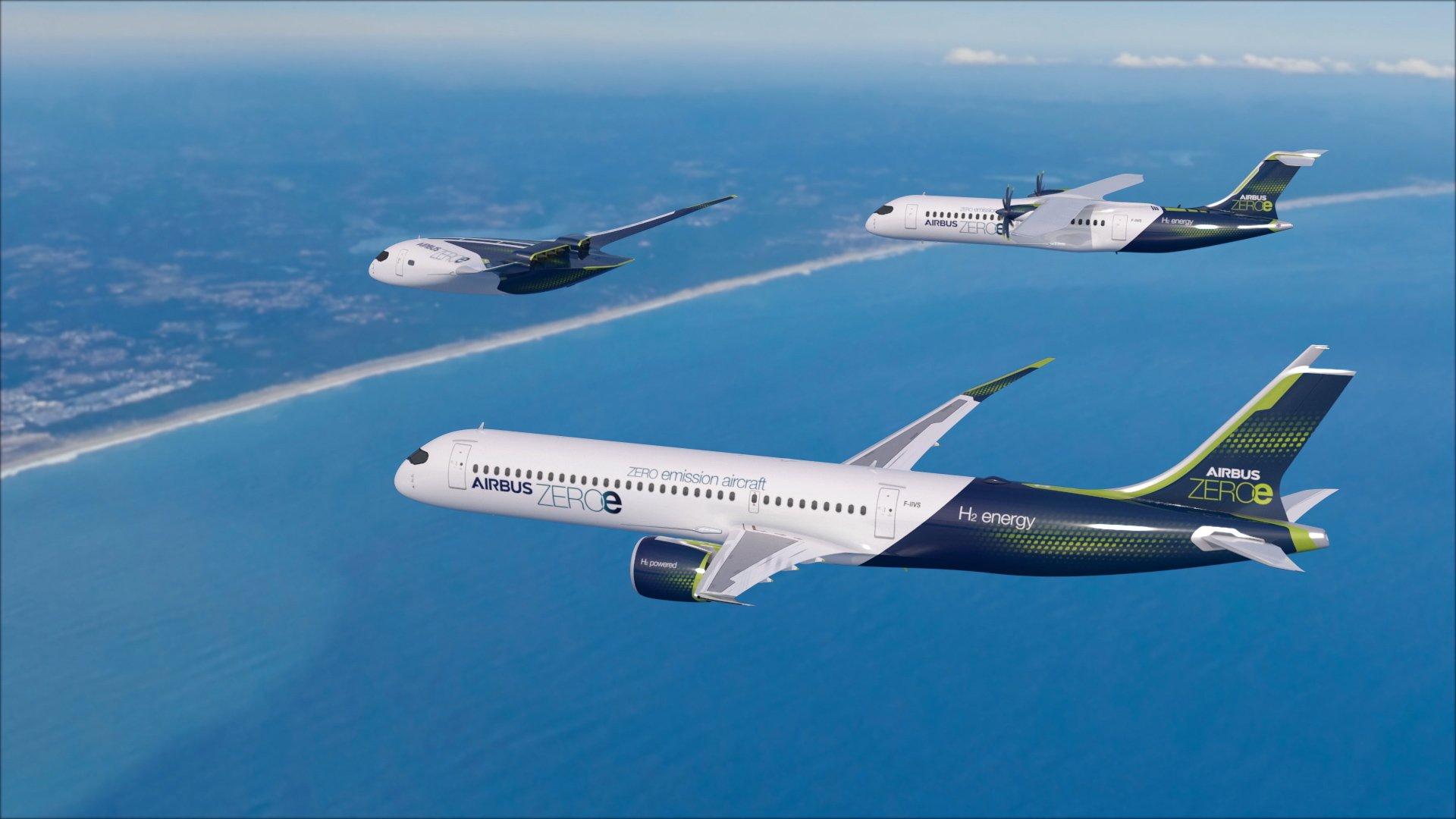
One of the most influential voices in the aircraft leasing community has said that he expects the next clean-sheet aircraft from Boeing and Airbus to feature hybrid propulsion.
Rather than cite environmental pressures directly, Air Lease chief executive Steven Udvar-Hazy noted that conventional turbofan technology is touching the limit of what it can achieve for efficiency.
“I have serious doubts that either Boeing or Airbus can design an all new airplane using current aerodynamic engine technologies that can have a meaningful - let’s call it double-digit advantage over what we already have,” he said, adding: “So what I see evolving is more of a hybrid.”
Udvar-Hazy sees hybrid propulsion as a transition to zero-carbon alternatives such as all-electric or hydrogen-powered aircraft, similar to what has occurred in the automotive market.
Rolls-Royce has predicted that a hybrid regional aircraft could be flying this decade, and is exploring new ways to bring the potential operational benefits of hybrid-electric technology into gas turbines for single-aisle and larger applications.
Experience gained on the company’s long-running Embedded Electrical Starter-Generator demonstrator with a modified Adour engine – and, more recently, the 2.5-megawatt AE2100-driven generator at the heart of the now terminated E-Fan X hybrid-electric power-generation system – have encouraged further studies.
Ground tests of the generator are due to be completed in the company’s Bristol, England, facility by the end of 2020.
Pratt & Whitney, meanwhile, is exploring the potential for a hybrid-electric version of its PW1000G geared turbofan.
The OEM told Aviation Week earlier this year that the company’s preferred approach was a parallel turboelectric hybrid with a motor-starter generator mounted on the engine’s high-pressure spool and a motor generator on the low-pressure spool.
To find out more about the development of clean engine technologies, and their potential impact on the aftermarket, pick up the forthcoming Engine Yearbook 2021.





